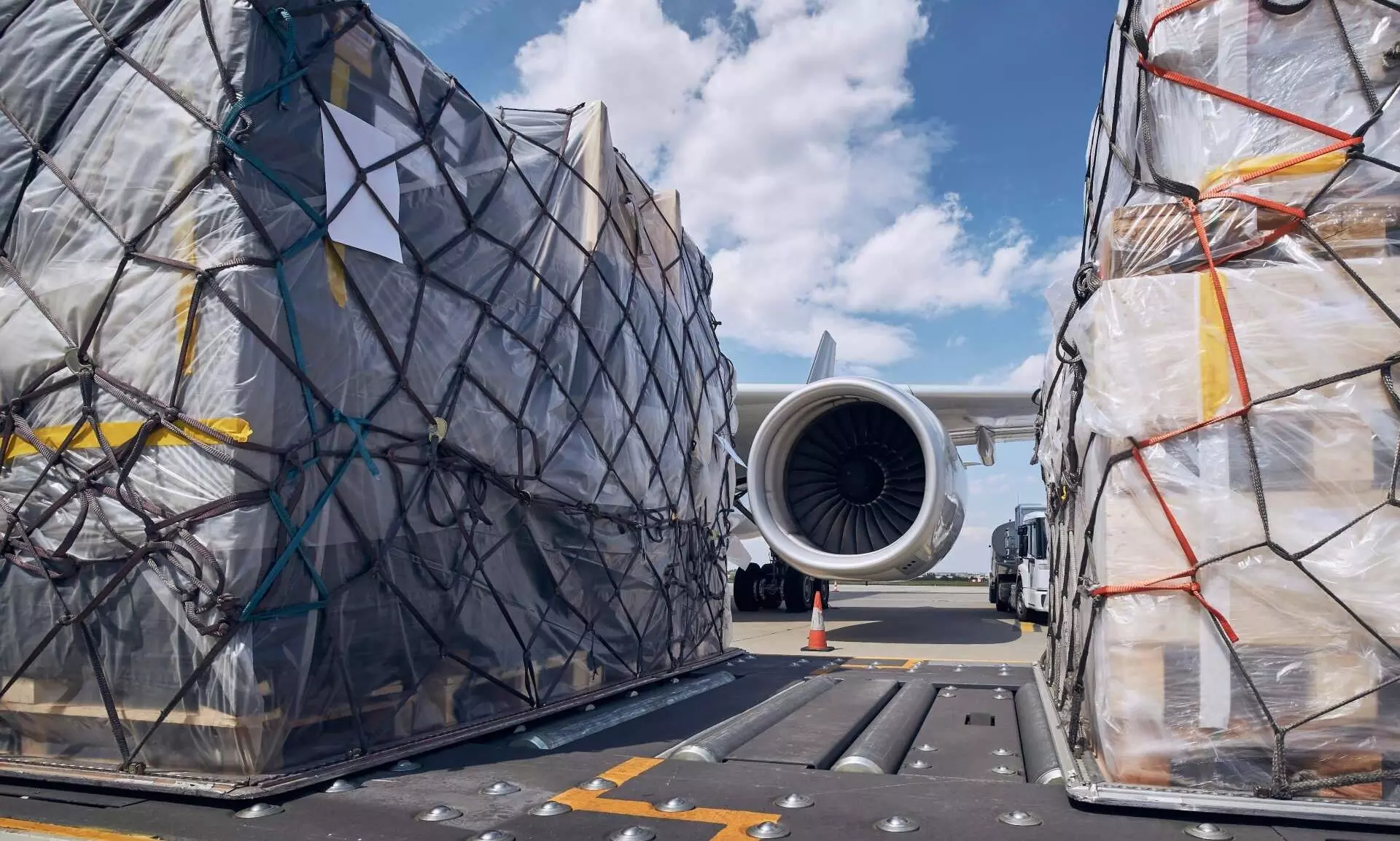
Global air cargo demand up 18% in January: IATA
The industry therefore experienced the highest annual growth in cargo tonne-kilometers (CTK) since the 2021 summer season.

Global air cargo demand kicked off with an impressive 18 percent year-on-year (YoY) growth in January 2024 according to the latest data from the International Air Transport Association (IATA).
The industry therefore experienced the highest annual growth in cargo tonne-kilometers (CTK) since the 2021 summer season. Seasonally adjusted (SA) CTKs grew 3 percent month-on-month (MoM).
Meanwhile, African airlines saw their air cargo volumes increase by 17 percent in January 2024, much improved compared to December’s performance (-1.2 percent). Carriers in the region benefitted from strong growth on the Africa-Asia trade lane. Capacity in January was 19 percent above January 2023 levels.
“Total demand, measured in cargo tonne-kilometers (CTKs*), increased by 18 percent compared to January 2023 levels (20 percent for international operations). This significant upturn marks the highest annual growth in cargo tonne-kilometers (CTKs) since the summer season of 2021,” reads the release.
Capacity, measured in available cargo tonne-kilometres (ACTKs), was up 15 percent compared to January 2023 (18 percent for international operations). This was largely related to the growth in belly capacity. International belly capacity rose 26 percent year-on-year (YoY) on the strength of passenger markets.
"Air cargo demand was up 18 percent year-on-year in January. This is a strong start to the year. In particular, the booming e-commerce sector is continuing to help air cargo demand to trend above growth in both trade and production since the last quarter of 2023. The counterweight to this good news is uncertainty over how China’s economic slowdown will unfold. This will be on the minds of air cargo executives meeting in Hong Kong next week for the IATA World Cargo Symposium with an agenda focused on digitalization, efficiency and sustainability," said Willie Walsh, IATA’s Director General.
Air cargo growth outpaced trade and production. Global cross-border trade increased by 1 percent in December compared to the previous month (-0.2 percent YoY). In January, the manufacturing output Purchasing Managers' Index (PMI) improved to 50.3, surpassing the 50 mark for the first time in eight months, indicating expansion. The new export orders PMI also saw an increase to 48.8, but remains below the critical 50 threshold, suggesting a continuing yet decelerating decline in global exports. Inflation in major economies continued to ease from its peak in terms of Consumer Price Index (CPI) in January, reaching 3.1 percent in both the US and in the EU, and 2 percent in Japan. China’s CPI, however, indicated deflation for the fourth consecutive month, raising concerns of an economic slowdown. China’s negative inflation rate of -0.8 percent was the lowest since the Global Financial Crisis in 2009.
Asia-Pacific airlines saw their air cargo volumes increase by 25 percent in January 2024 compared to the same month in 2023. This performance was above the previous month (+18 percent). Carriers in the region benefited from ongoing growth in international CTKs on three major trade lanes: Africa-Asia (+52 percent), Middle East-Asia (+29 percent) and Europe-Asia (+27 percent). Available capacity for the region’s airlines increased by 25 percent compared to January 2023 as more belly capacity came online from the passenger side of the business.
North American carriers had the weakest performance of all regions in January with a 9 percent increase (YoY) in cargo volumes. This was an improvement in performance compared to December (2 percent). Carriers in the region benefitted from growth on the North America-Asia trade lane (+17 percent) and North America-Europe trade lane (+3 percent). Capacity increased by 4 percent compared to January 2023.
European carriers saw their air cargo volumes increase by 16 percent in January compared to the same month in 2023. This was a stronger performance than in December (+9 percent). Carriers in the region benefitted from the strong growth in international CTKs in the within Europe market (+18 percent) and the Europe – Asia route (+27 percent). Gains made from the significant expansion in the Middle East-Europe trade lane (+46 percent) also benefited carriers in the region. Capacity increased 12 percent in January 2024 compared to the same month in 2023.
Middle Eastern carriers had the strongest performance in January 2024, with a 26 percent year-on-year increase in cargo volumes. This was a significant improvement from the previous month’s performance (+18 percent). Carriers in the region benefited from growth in the Middle East–Asia (+29 percent) and Middle East–Europe markets (+46 percent). Capacity increased 17 percent compared to January 2023.
Latin American carriers experienced a 13 percent increase in cargo volumes compared to January 2023, a notable increase compared to the previous month’s gain (+6 percent). Capacity in January was up 7 percent compared to the same month in 2023.

